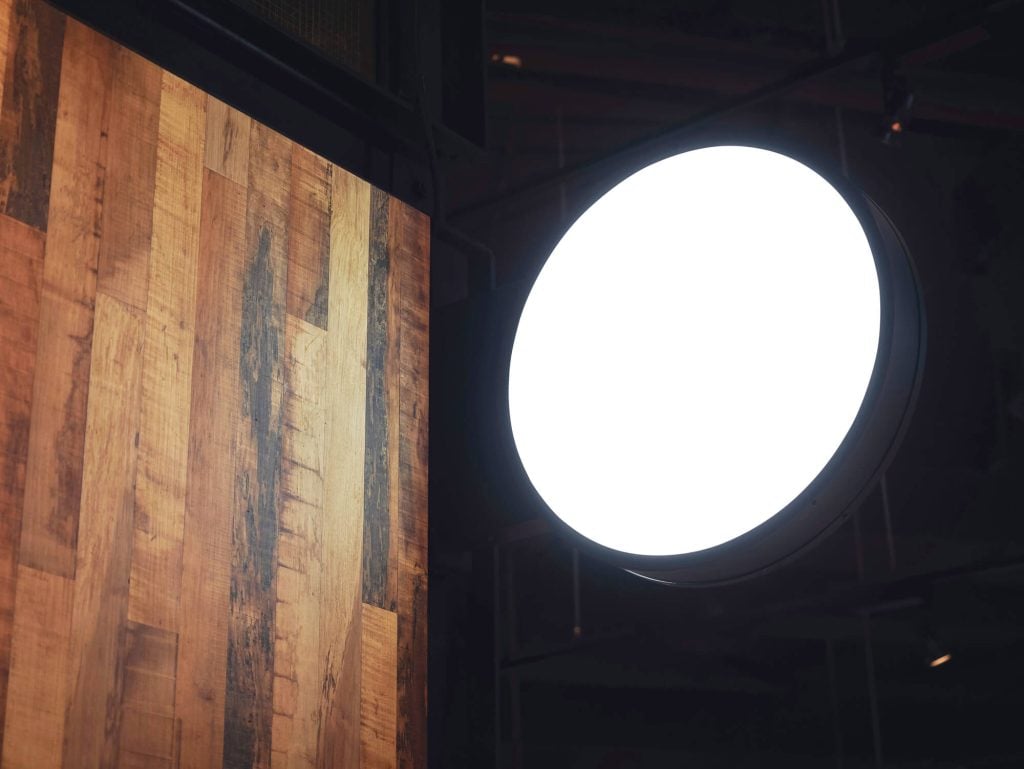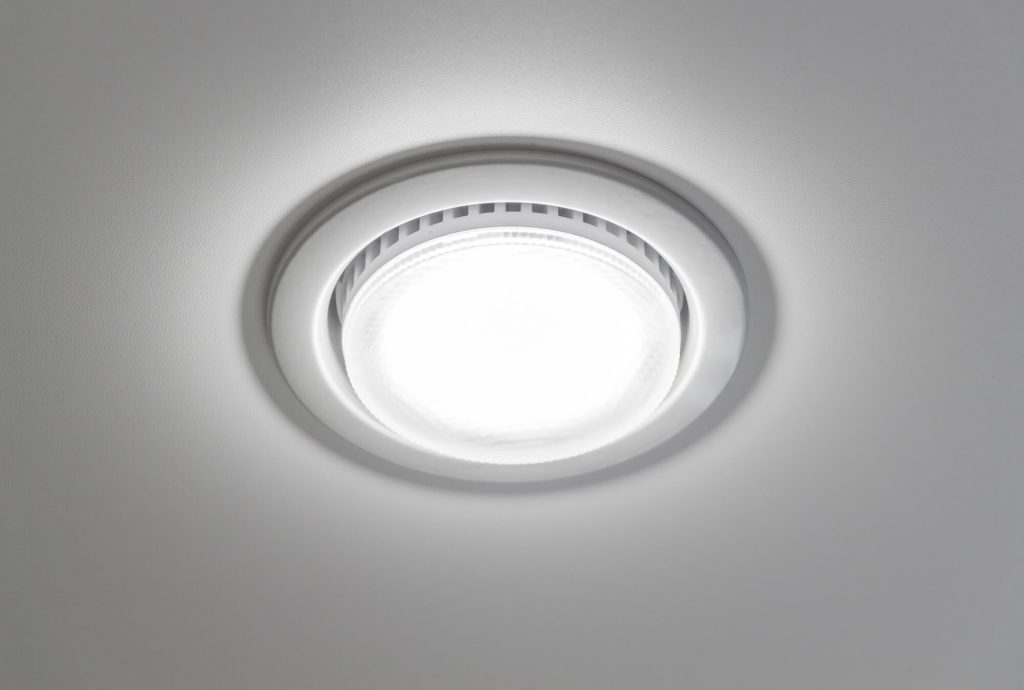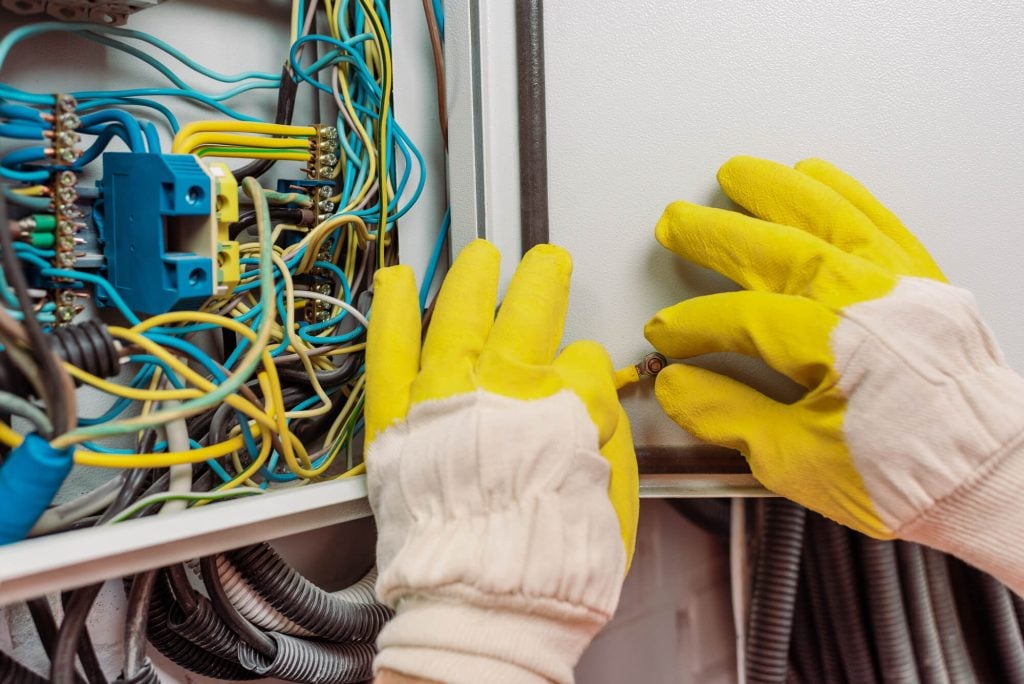How to Retrofit Your Existing Fixtures With LED Bulkheads

Are you wondering how you can retrofit your existing fixtures with LED Bulkheads, but aren’t sure how to do it? You’re not alone! This can be quite challenging without the right information. Typically, the steps you’ll want to follow to do this are:
- Planning your project
- Preparing for installation
- Removing the existing fixture
- Preparing the mounting surface
- Installing the LED Bulkhead
- Testing and troubleshooting
Here at LEDSAVE, we’re experts in all things LED-related. So if you want to learn more about LED lighting and how to install your fixtures, please keep reading.
Understanding LED Bulkhead Lighting
Bulkhead Lights are a fantastic choice for lighting your residential, commercial or industrial spaces. They’re sturdy, resistant against most types of damage, and can’t even withstand elements like dust and light water sprays. This makes them ideal for any kind of application, either indoor or outdoor.
Advantages of LED Bulkheads Over Other Alternatives
LED Bulkheads have many advantages over other lighting alternatives. They not only generate a lot less heat, but they’re also more efficient. This not only translates into increased comfort in your spaces, but can also help you save tons in electricity every month.

They also require considerably less maintenance. Moreover, their lifespan typically exceeds that of other alternatives. These are just some of their advantages in real world applications, so let’s dive in so you can learn more.
Planning Your Retrofitting
Planning your retrofitting is essential to replacing your existing fixtures with LED Bulkheads. The more you prepare before installing them, the better the outcome is to be. Things like evaluating fixture compatibility and the condition of your existing fixtures are key.
Assessing the Existing Fixture
First, you’ll want to take a good look at your existing fixture. Make sure it’s in good condition to be replaced and ensure that it’s compatible with what you’re planning to install. Replacing your existing fixtures with LED Bulkhead alternatives is not too challenging. However, being cautious always pays off.
Choosing the Right LED Replacement
Once you have all the necessary details about your existing fixtures, you can go ahead and replace them with LED Bulkheads. Some of the things you should consider when shopping for your LED bulkheads are:
- Lumens: Typically, LED Bulkheads come in 180 Lumens per watt, but there are other variants as well.
- Color Temperature: Most LED Bulkheads come in a colour temperature of 4500K.
- IP Rating: Some LED Bulkheads have an IP65 Rating. This protects them from light water sprays and dust. There are also Bulkheads with higher ratings.
- Design: There are Round Polo Bulkheads, Round Slimline Bulkheads, Round Die-Cast LED Bulkheads, and Wall Pack Bulkheads. There are also LED Gear Trays.
To choose the right alternative for you, you should consider your spaces. Especially, where you’re planning to install your LED Bulkheads. You should also take your spaces’ design into consideration.
For example, half moon LED Bulkhead lights are ideal for an angle beam that points at the ground.
Preparing For Installation
Once you know your home’s voltage requirements, the desired positioning of your LED Bulkheads, and the type that you want, you can go ahead with the installation. Try your best to avoid the most common installation mistakes with LED Bulkhead lights.
Safety Precautions
When it comes to retrofitting your existing fixtures with LED Bulkheads, safety comes first. Remember to turn off the power supply of your home. If you can, use appropriate personal protective equipment.
Check the Electrical Requirements
You should also make sure that your home meets the electrical requirements of your new LED Bulkheads. You shouldn’t have any issues, as LED Bulkheads draw less power than other lighting alternatives and have a simple design. However, it’s also important to double-check.

If you’re not sure at any point, please contact an electrician who can help solve your doubts. Things like voltage compatibility and wiring standards should be a top priority here.
Doing the Retrofitting
Now that you’ve prepared your existing fixtures for installation and taken the necessary precautions, it’s time to do the actual retrofitting. The process shouldn’t be too complex, and it shouldn’t take a long time. Read below for a more detailed explanation.
Removing the Existing Fixture
First, you’ll want to get rid of the existing fixture to make room for the new LED Bulkhead light. Some of the things you’ll have to do are disconnecting the wiring and removing the mounting hardware.
Preparing the Mounting Surface
Then you want to ensure that the mounting surface is ready to be installed. That the location is clean, and that there’s no running water nearby that could cause a short-circuit. If you need to make room or any other adjustments, this would be the time to do so.
Installing the New LED Bulkhead
Once the mounting surface is ready and the existing fixture has been removed, you can go ahead and install the new LED Bulkhead. This includes mounting it, connecting the wiring and securing the unit. Ensuring it’s also hermetic is important—especially if you need it to be IP65-rated.
Troubleshooting
Once you’ve done the installation and are sure that the new LED Bulkhead is properly placed, you can carefully restore power to your spaces. Check that everything’s working correctly. Ensure that you’re getting the brightness that you’re supposed to be getting.
Also, look for any weird humming, flickering or any other sign of trouble.
Replacing Your Existing Fixtures With LED Bulkheads
Replacing your existing fixtures with LED Bulkheads doesn’t have to be a complicated task. All you have to do is ensure that the area where you will install them is fit for them, and that the voltage and wiring requirements are met.
Make sure to always put your safety first above all else and contact an electrician in case you have any doubts. LED Bulkheads will help your spaces work more efficiently and reduce your bills.
If you have any questions regarding our products, please do not hesitate to email us at enquiries@ledsave.co.uk, or give us a ring at 01652 638840. We’re open Monday–Friday, 9 a.m.–5 p.m. Please check out our contact page for more information.
Updated: 07-04-2025
